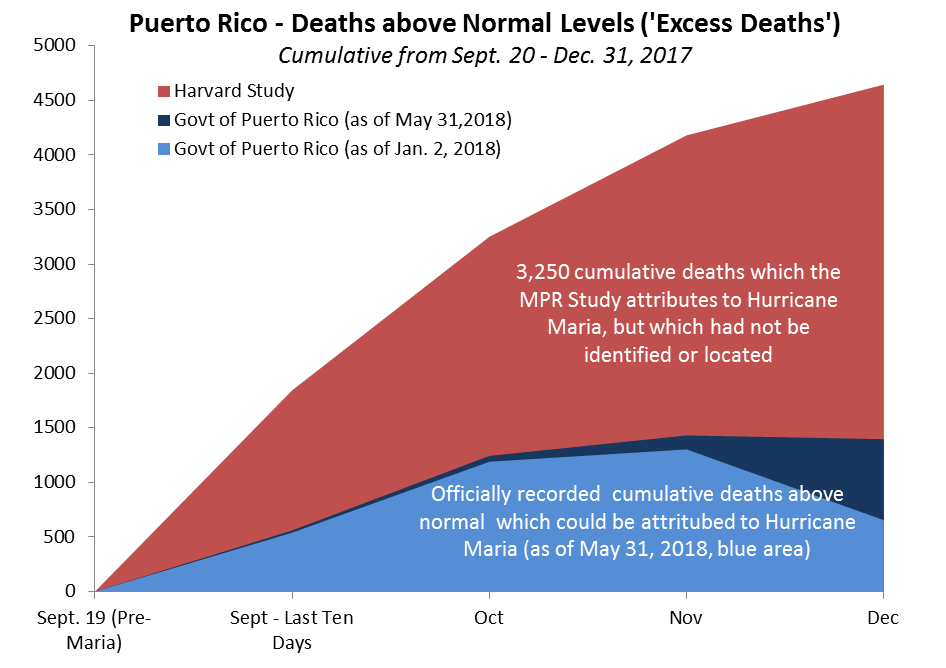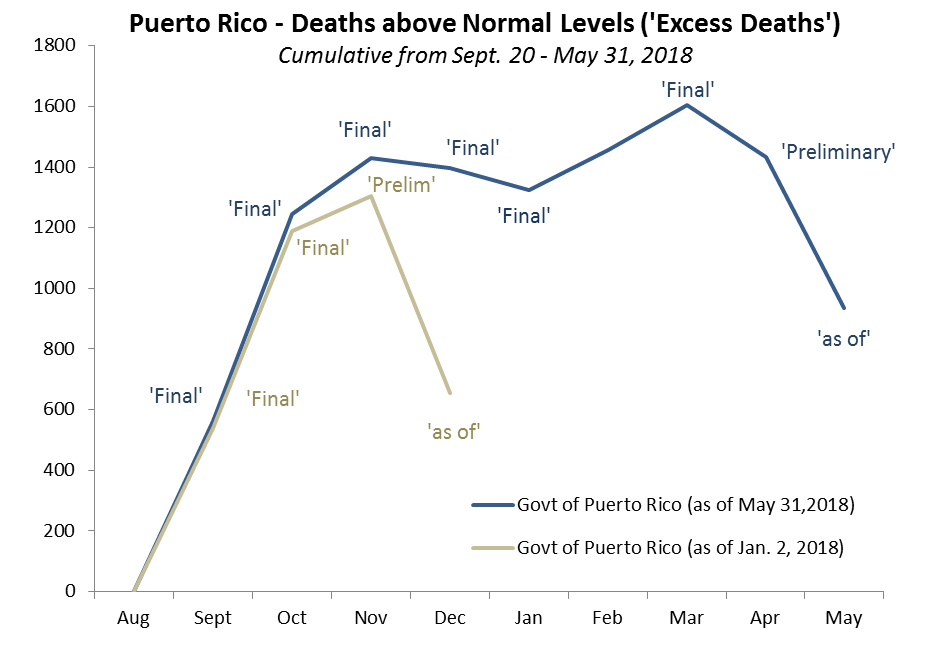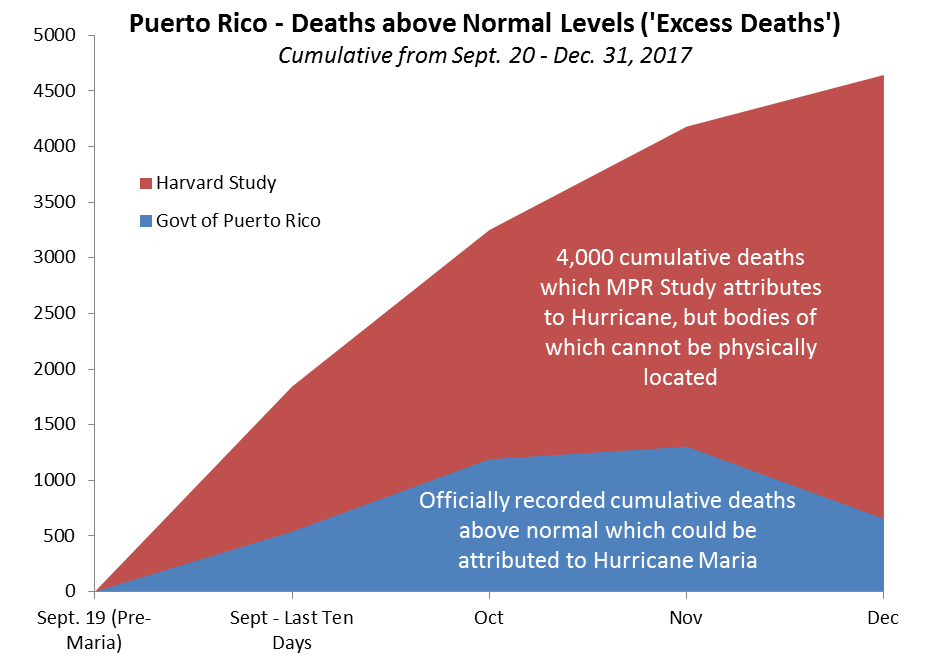Conservatism versus Fascism
What does the group – the nation, the club, or the team – want from a prospective member? As with Maslow, we can use a hierarchy of needs, in this case, a conservative hierarchy of needs.
The conservative hierarchy can be segmented into ordinary conservative and fascist values. Ordinary conservative (hereafter, just ‘conservative’) values and standards apply universally to the entire group (but not necessarily outside the group). Thus, in the US, a group member is generally expected to speak English, for example. Americans greet each other by shaking the right hand. These sorts of expectations apply in principle to all group members. Thus, anyone who speaks English meets this requirement, regardless of any other demographic characteristic. Conservatism is therefore primarily about standards. Conservative expectations are about ‘us’, in the sense that new entrants to the group are expected to conform to the group’s prevailing norms and standards. It is largely a one-way street, but anyone can use it.
Fascist values encompass all conservative values, but also include demographic characteristics which are essentially immutable, typically race, tribe, religion, or ethnic origin. Thus, a fascist might exclude Mexicans purely on the basis of their race, and there is nothing a Mexican can do about it. Therefore, fascism is primarily about demographics and is confrontational by its nature. It is about ‘us’ and ‘them’.
All groups have standards – that is implicit in the very concept. Whether one is sitting in a movie theater or a bus, the group has firm expectations about appropriate behavior. For example, in a movie theater, one is not allowed to talk, text, use a light, or stand up during the showing of the film. These rules, as they apply equally to all, are conservative rather than fascist.
At the same time, people tend to feel more comfortable with those who are most like them, which often comes down to race, religion, nationality or ethnic origin. According to a PRRI poll, for example, three-quarters of US whites have no non-white friends. When the opportunity for self-governance is presented to a population, they will typically choose based on tribe, religion, or ethnic origin. Thus, after World War I, the monarchy of the Hapsburg Empire devolved into democratic states—but virtually all based on nationality. When the British ceded power to a democratic India, Muslims and Hindus in large numbers chose to live in segregated states. With the fall of communism, democracy allowed the Czechs split from the Slovaks. At the same time, Yugoslavia dissolved into its ethnic components, accompanied by a good bit of ethnic cleansing – all in ostensibly democratic states. When the Muslim Brotherhood won democratic elections in Egypt, assaults escalated on Coptic Christians, who had lived in the country for two thousand years. And of course, self-determination in Iraq brought the de facto secession of Kurdish regions and tensions between Shiites and Sunnis which culminated in the rise of ISIS, perhaps best described as a fascist Sunni organization. Like it or not, people prefer to live with and be governed by those similar to themselves, usually as defined by race, religion or tribe. Such impulses are ultimately fascist in nature in the sense that they are based on immutable characteristics.
With that, we can turn to the conservative hierarchy of needs, and its conservative and fascist components.
Conservative Needs
Safety
Safety comprises the very foundation of the pyramid of needs. Does a prospective entrant represent a risk to group members or to the group as a whole? If an entrant is deemed unsafe, all other considerations are rendered moot.
This question may be decided either on an individual’s track record or, absent individual-specific information, on group characteristics. Americans have perceived in recent years a tendency for terrorist activities, both in the United States and other countries, to be linked to Muslim extremism. While the numbers killed – excluding the World Trade Center attack on September 11, 2001 – have been small, from the conservative perspective, the question arises as to why to take the risk at all. Thus, the issue of safety may be perceived to be linked to a wider prejudice against a given ethnic or religious group. This consideration, however, is more likely to be driven by perceived risk than specific ethnic animosity. For example, in the US, only Muslims have been singled out as a terrorist risk. Mexicans, Indians and Chinese, all of whom are in the US in great numbers – and far greater numbers in terms of undocumented residents — are not treated as a terrorist risk.
For the conservative, it’s safety first.
Permission
The notion of permission seems so self-evident as to be banal, but it matters. Group members will want to know if a stranger in their presence is authorized to be there. This has nothing to do with the entrant’s individual merits. Rather, it concerns whether an appropriate member of the group has authorized the entrant’s presence. In a prosaic example, a stranger may be sitting in an office reception area, only to be approached by a suspicious employee who asks, “Can I help you?” If the answer is, “Your manager, Mr. Smith, told me to wait for him here,” then the entrant will probably be left unmolested without further inquiry. Importantly therefore, the mere act of providing permission to be present in a given area – a country, a club or an office – will ease the tension of a stranger’s presence, regardless of that person’s individual merits.
In the case of illegal immigration, for example, just the act of legalizing an immigrant will lift his standing in the community and ease the associated stresses from the group’s perspective.
Identity
At some point, the group will want to know the entrant’s particulars, his name and background. Just knowing a stranger’s name already provides him limited standing in a group. “This is Mr. Jones. He is a lawyer with Baker McKenzie.” The mere documentation of identity and associated particulars will also facilitate the integration of the stranger into the group. Again, this may seem self-evident, but the most important aspect in group acceptance is knowing a newcomer’s name. Having a name transforms an individual from an object into a person and almost constitutes the threshold for acceptance into a group by itself.
Again, this is trivial, but when unidentified Mexicans are roaming the countryside, the locals will be uneasy. If the citizens of a given area have confidence that a Mexican is, in fact, a known quantity with a proper identity card, that alone will make them more comfortable with the stranger's presence.
Resolving just these three factors – safety, permission and identity – would reduce tensions with undocumented migrants by perhaps half. That is, the mere act of documentation alone would go a long way to mollify conservative concerns. In the case of illegal Mexican labor, conservatives may well be reacting to the black market in immigrant labor, not to the immigrants per se. Ending the black market, without any other change, would already represent a huge step forward in the acceptability of Mexican migrants.
More could be achieved with attaining the next steps in the hierarchy of needs.
Standards
Standards refer to an individual’s behavior in following rules and customs. Language is a primary standard, for it enables communication. Of course, the history of the US is filled with examples of immigrants without proper English-speaking skills who were still accepted into the community. At some point, though, the group will want the immigrant, or at least their children, to be fluent in the language of the country.
Other standards could, in principle, be laid down in law or written rules, but are often observed as a matter of social norms. For example, one could not let a cow wander loose in a US suburb, as might occur in India; walk around with an AK-47 slung over the shoulder, as in Pakistan; or prevent one’s wife from driving, as in Saudi Arabia. Most community charters will not, however, have a specific injunction against cows or AK-47s, but neither will be tolerated by the neighbors.
Some mores are flexible. For example, in the US, Muslim women would typically be allowed to wear a hijab, which covers the head. On the other hand, a burka, which covers the entire head, face and body, would probably be resisted as incompatible with US traditions. These social norms are not necessarily promulgated officially, but can still be quite firm in terms of expected behavior. Again, this has nothing to do with the entrant’s particulars – nationality, religion or income – but rather reflects universal norms applicable to all members of the group. All group members are expected to conform to certain standards.
Legalization of undocumented migrants would help comportment, because migrants would be able to lead more above-board lives. For example, migrants are sometimes caught transiting hidden in tractor trailers, one hundred to the container. Of course, this is part of the migrant’s illicit journey, but it also has a low-life quality which is distasteful to most Americans. Merely the act of legalizing migrant labor would reduce these sorts of incidents, and raise the status of Mexicans and similar migrants in the US.
Self-Sufficiency
For short-term visitors to a group, self-sufficiency is not of primary interest. If a day visitor to a country club is not covering his pro rata share of dues, no one will much care. However, the group will want any permanent or long-term member of the group to carry his own weight.
Indeed, the principal objection to illegal immigration from think tanks like FAIR and CIS revolves around the fiscal cost of undocumented immigrants. They are a burden on taxpayers, and this is seen as a primary reason for exclusion from the group. Migrants will be more acceptable if they are perceived to support themselves.
These five categories – safety, permission, identity, standards and self-sufficiency – exhaust conservative requirements. It is important to note that, in many ways, this is not a particularly high bar, and comes down to ‘follow the rules’, ‘be respectful’ and ‘support yourself and your family’. Doing so will not solve every problem, but those meetings these requirements will be tolerated, if not loved, by their neighbors.
Fascist Needs
Fascist needs come on top of conservative needs. Conservative needs are universal in character. Anyone can comply with conservative requirements. Not so for fascist ones. The next two categories in the conservative hierarchy may be considered fascist, that is, they pertain to characteristics an individual cannot change, or at least not easily.
Culture
Culture refers to income, education, ethnic or religious practice, political ideology and class identification. Thus, culture would include the observance of certain holidays, beliefs about desirability of certain political views, and modes of speech, among others. For example, in the musical, My Fair Lady, Professor Henry Higgins attributes the lower class Eliza Doolittle’s plight to her accent and vocabulary:
Look at her, a prisoner of the gutter,
Condemned by every syllable she ever uttered.
Garn! I ask you, sir, what sort of word is that?
It's "Aoooow" and "Garn" that keep her in her place.
Not her wretched clothes and dirty face.
While Higgins ultimately manages to transform Eliza using the power of phonetics, from the perspective of the lower class, mastering the niceties of polite society could appear entirely impossible. In this regard, culture may be viewed as conservative from one perspective, and fascist from another. Culture is included in the fascist category for purposes of this framework, in the sense that most people prefer their own holidays, spoken accents and food preferences to those of other countries or ethnic groups. It is not, however, a hard and fast divide, as Eliza Doolittle’s mastering of upper class diction demonstrates.
Income and education are included in culture for purposes of this analysis. Income creates a different ordering of preferences by class. For example, a high income individual may prefer to subsidize renewable energy through charges on consumers’ electricity bills, as is the case in states like California and New Jersey. As these charges may amount to a few hundred dollars per year, they are of little consequence to the wealthy who believe they are enhancing long-term sustainability. On the other hand, for those who live month-to-month on tight budgets, such charges are a material burden.
Similarly, strict zoning laws, as exist in California, drive up real estate prices. This increase is absorbed without excessive stress by the wealthy, but is absolutely crippling to the middle class.
Such restrictions and taxes may be viewed from the top as conservative, in the sense that any wealthy person can afford to live in California. On the other hand, they may be viewed as fascist for those in lower social strata without hopes of ever earning large incomes. Such policies may be fascist by effect, rather than intent.
Thus, culture straddles a divide between the conservative and fascist worlds. To which camp it belongs depends on the circumstances.
Demographics
The true divide between conservatives and fascists comes over demographics, the inherent characteristics of a given person or group. These refer to race, ethnicity, tribe and religion. An individual is generally incapable of changing any of these characteristics (with religion the occasional exception), and thus can be excluded from the group permanently. ‘Us’ and ‘them’ are clearly defined with no hope of reconciliation. Such a mindset is unquestionably fascist.
Age, sex and other inherent in-group characteristics can be used as hard dividers as well. Feminists from time to time decry the male-dominated corporate world as ‘fascist’ in the sense of excluding women based purely on prejudice rather than their underlying capabilities. History has shown this claim to have merit in many cases, and thus some portion of charges of fascist paternalism may be considered materially true.
On the other hand, many activities are segregated by gender without social resistance. For example, no one considers keeping men off the women’s soccer team as fascist. Nor are, say, single sex schools considered anything more than conservative, because of widely accepted, enduring differences between the sexes. Therefore, in-group characteristics like sex and age are not typically understood as fascist, if for no other reason than that even the most hardened fascist is unlikely to kick his mother out of the country.
For the true fascist, those from different countries or religious traditions are unacceptable in the group by definition, regardless of their comportment, compliance with the law, or acceptability in cultural terms.
*****
Understanding both conservative and fascist concepts are helpful in considering public policy. For example, this framework would have suggested to the administration of George W. Bush that invading Iraq with the intent to democratize would lead to the ethnic cleansing and fragmentation of the country into religious and ethnic enclaves. This could have been countered by creating incentives in Baghdad to treat all members of the country uniformly and impartially, or by playing midwife to the birth of a Sunni country, just as the US had de facto with the Kurds – albeit with the understanding that this would be accompanied by ethnic cleansing. Or the US might have chosen not to become involved at all. Thus, a framework of analysis for conservatism and fascism can help understand and shape policy options.
To sum it up: Conservatism implies universal, group standards to which any person might reasonably be expected and able to conform. “No shoes, no shirt, no service.” That’s conservative.
Fascism establishes requirements which specifically exclude certain persons based on their race or religion. “No Mexicans.” That’s fascist.













